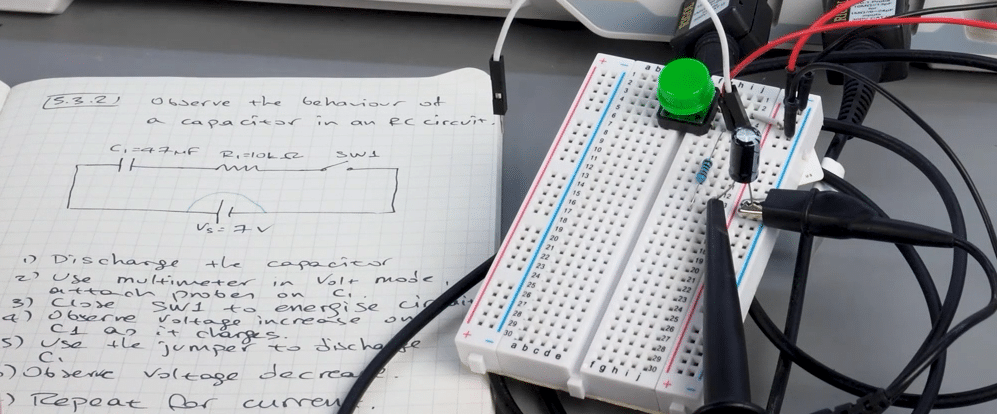Circuit simulators are software programs that allow users to design, test, and simulate electronic circuits without the need for physical components. I already demonstrated how to use one to construct a simple circuit and see Ohm's Law in action. Simulators are essential for electronics engineers and hobbyists alike to experiment with circuit designs and troubleshoot potential issues before physically building the circuit.
There are two main types of circuit simulators: online web simulators and those that run on a computer or phone/tablet. Online web simulators, such as CircuitLab, provide a user-friendly interface that can be accessed through a web browser. Users can drag and drop components onto a virtual breadboard, connect them with virtual wires, and simulate the behavior of the circuit in real-time.
On the other hand, computer or phone/tablet-based simulators, like CircuitLogix or Multisim, offer more advanced features and capabilities. These simulators can simulate complex circuits and provide detailed analysis tools for in-depth circuit design.
Simulators can be valuable learning tools for beginners and experienced electronics enthusiasts alike. They allow users to experiment with different circuit configurations, test the effects of component changes, and visualize the circuit's behavior in real time. By using simulators, users can gain a deeper understanding of electronics theory and improve their circuit design skills without the need for physical components.

